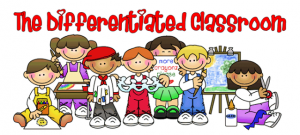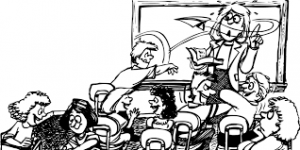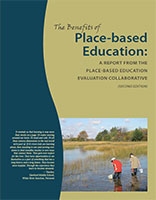Where I Started:
Initially my inquiry reflection began as:
All learners come at different academic levels, so how as educators can we treat, support and respond to them all equally (considering different lesson plans, curricula, technology and personalized learning)?
I realized during my Thursday visits that every classroom was filled with diverse learners. Not one individual was the same to the next. It became clear to me that educators have the power to truly help all learners excel in classrooms. Through my initially research, I noticed how differentiated instruction was a constant buzzword that kept popping up relating to my inquiry question. I found one article that really shifted my mind and inquiry to focus more on differentiated instruction and here is one quote that inspired me:
“Educators have to look at where the bar is set and where the students are when they enter classrooms. Some students will work all year with tutelage and barely make the bar; some can leap over the bar gracefully; and some were already over the bar before they entered dass. If we use the standards as our guide, we can teach all students equitably. The risk is our focus will shift to the standards and away from the child. With the tools of differentiated instruction, we can keep the focus where it belongs and take each student as far as he or she can go” (Levy, 2008, p.164).
Where I Am Now:
Now, my inquiry question focuses more on differentiated instruction since it encompasses technology, unique lessons planning, and personalized learning. So far, my inquiry question looks a little like:
All learners come at different academic levels, so how as educators can we treat, support and respond to them all equitably through differentiated instruction.
I am constantly researching how to differentiate my lesson plans, activities etc. for my practicum so that I am able to be consistent with my inquiry throughout. I found a great article by Barbara Taylor that really hones in on how to model differentiate instruction in the content, process and product. This article helped me understand not only how to differentiate, but it also delivered concrete examples on how to actually do it.
Where Am I Headed:
I believe I am headed in the direction where I will be continually researching and looking for new ideas to differentiate my lessons plans, activities, etc. I found that reading other teachers’ blogs, watching YouTube and TEDtalk videos are really helping me refine my inquiry as well as gives me ideas on how to take on differentiated instruction.
I have high hopes that through my incorporation of the differentiated strategies available on the Coquitlam SD 43 Redesigned Curriculum Planning Framework, I will be able to “engage all students…that is appealing, developmentally appropriate, and motivational” (Taylor, 2015, p. 17).
References:
Levy, Holli M. (2008). Meeting the needs of all students through differentiated instruction: helping every child reach and exceed standards. Clearing House: A Journal of Education Strategies, 81(4). P. 161-164.
Taylor, Barbara Kline. (2015). Content, process, and product: modeling differentiated instruction. Kappa Delta Pi Record 51(1), p. 13-17.
Here is my synthesis on Prezi:
?utm_campaign=share&utm_medium=copy








